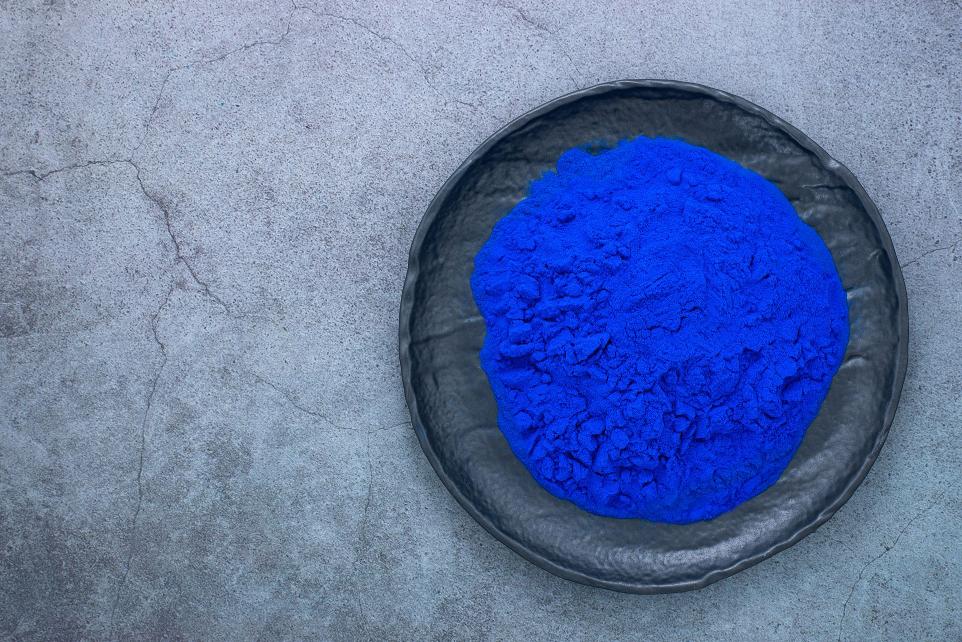Bleu de Méthylène
History
Methylene blue, although mainly known as an industrial dye and ink component, has a range of pharmacological actions that have been extensively studied since the early 20th century. Among its properties are its anti-infectious effects, considered by the World Health Organisation to be of prime importance. However, its potential in the field of oncology was neglected for many decades.
From the 1950s onwards, initial studies explored the anti-cancer potential of methylene blue. However, this research was largely forgotten for almost 75 years. It is also worth mentioning that methylene blue was administered in prophylactic doses for malaria during the Second World War.
Dr Laurent Schwartz, a pioneer in this field, has made a major contribution to understanding the role of metabolism in cancer and the importance of methylene blue as a therapeutic agent.

Indications :
Methylene blue is particularly indicated in cases of cancer where cellular metabolism plays a key role. It is also a promising treatment for antibiotic-resistant infections. Methylene blue is known to be effective against various parasites and bacteria, making it a valuable tool in the treatment of severe or recurrent infections.
Unlike healthy cells, which generate energy by respiration, cancer cells use anaerobic fermentation. Under normal physiological conditions, healthy cells use the Krebs cycle and the electron transport chain to generate ATP in the mitochondria. However, cancer cells often opt for a less efficient but faster mechanism: anaerobic glycolysis, even in the presence of oxygen. This phenomenon is known as the Warburg effect.
The aim of our methylene blue metabolic treatment is to reverse this process, forcing cancer cells to adopt a metabolism similar to that of healthy cells.
Intravenous injection combined with laser therapy
At Ozon2000, we don't just use one treatment method. Instead, we combine intravenous injection of methylene blue with intravenous laser treatment. These two procedures are carried out in parallel to maximise the therapeutic effectiveness of the methylene blue.

